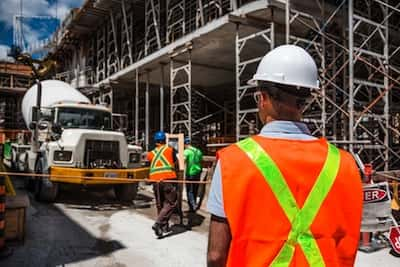In a truly democratic system, all children are provided with equal opportunities, the most fundamental of which is educational equity. However, the U.S. Public School System has not achieved this yet, and may never, due to the inherent bureaucracy, under-funding, inequitable preparation, and structures which do not promote innovation. Working in public education for more than 20 years as a teacher, principal, and district superintendent, I saw first-hand the need for an overhaul of our educational system, and trying to find ways to facilitate change and innovation has become my primary mission. I envision a world where all students are empowered to thrive in schools within innovative communities where students, staff, and families can learn and collaborate.
Schools have changed very little on a fundamental level over the last 100 years. The basic approach of factory education that fueled the Industrial Revolution with workers is substantially unchanged. It was conceived to provide basic education to the primarily blue-collar workforce. At best, this approach has flexed a little, but hasn’t undergone a fundamental shift since its inception. While information technology has fueled rapid change and growth in our society, this hasn’t trickled in to the educational system. Even with the monumental advances in technology that we’ve seen, most schools aren’t operating much differently than they were 20 years ago, or even more. The use of special technology can address many of the equity issues that public education faces, and revolutionize our educational system, particularly benefiting those students that are currently underserved.
It’s well documented that students don’t come to school equally prepared, often because of socioeconomic differences. Providing those students that are least prepared with engaging activities to accelerate their learning is a daunting task. Companies like DisruptED are working to develop engaging early learning materials (apps and traditional) that bridge that gap between expectation and performance. Augmented and virtual reality apps, educational kits that are filled with books, learning materials, and activities related to early learning skills like shapes, numbers, and letters are all part of the curriculum that is used to introduce students to information in technology.
Lumapps, Google’s top educational partner, provides schools with an integrated education software platform to improve efficiency, professional development, and communications at facilities. Educators easily integrate with Google Classroom, making information easily available to students and families. Administrators can communicate through a single application with multiple audiences and for a variety of purposes. Lively digital communities that allow teachers and administrators to collaborate efficiently enhance everyone’s work and experience with the school, making everything from professional development to parent-teacher conferences much easier. This reduces barriers that schools face by eliminating the need for multiple pieces of software and applications and combines those functions into a single interface that’s easy to use and super-efficient.
No Bully (nobully.org), a non-profit I’m involved with, speaks to one the largest gaps never directly addressed in our children’s educational process. It is dedicated to eliminating bullying in all forms and provides professional development and coaching to schools in dealing with this dangerous culture besieged with fear, misunderstanding and anger. The goal is to bring training and questions to the school and provide them with the materials to facilitate serious change. Turning current negative environments around to become more accepting and equitable. Utilizing comprehensive development systems, we can reduce instances of bullying by 90 percent while improving school culture.
Finally, on a basic level, schools must use technology as a platform for learning, business and communication. Sadly, the high performing software and hardware that exists in the business world doesn’t make its way into schools and universities easily. Translating between the worlds of education and technology is the goal, and takes the pain points out of change for schools while bringing them up to date.
I believe in the power of public schools, but only if we can implement programs and services that prepare children to be successful. Together, we can eliminate bullying, learning gaps, and arcane systems to create amazing places to learn. Children should be nurtured in school without the hurdles of learning deficits. Ideally, everyone in the school system will benefit from technology that enables them to better perform their tasks, and to communicate more effectively as a community.
Will McCoy is a career educator and education technology entrepreneur. He has served schools and districts in various capacities for more than 20 years, and is recognized at the state and national level for his work on educational equity and as an expert in education technology. He cofounded the AR/VR company DisruptED and is the CEO/Founder of Ed Tech Authority. You can read about his pioneering work at www.edtechauthority.com. Contact him at (530) 840-6376.




